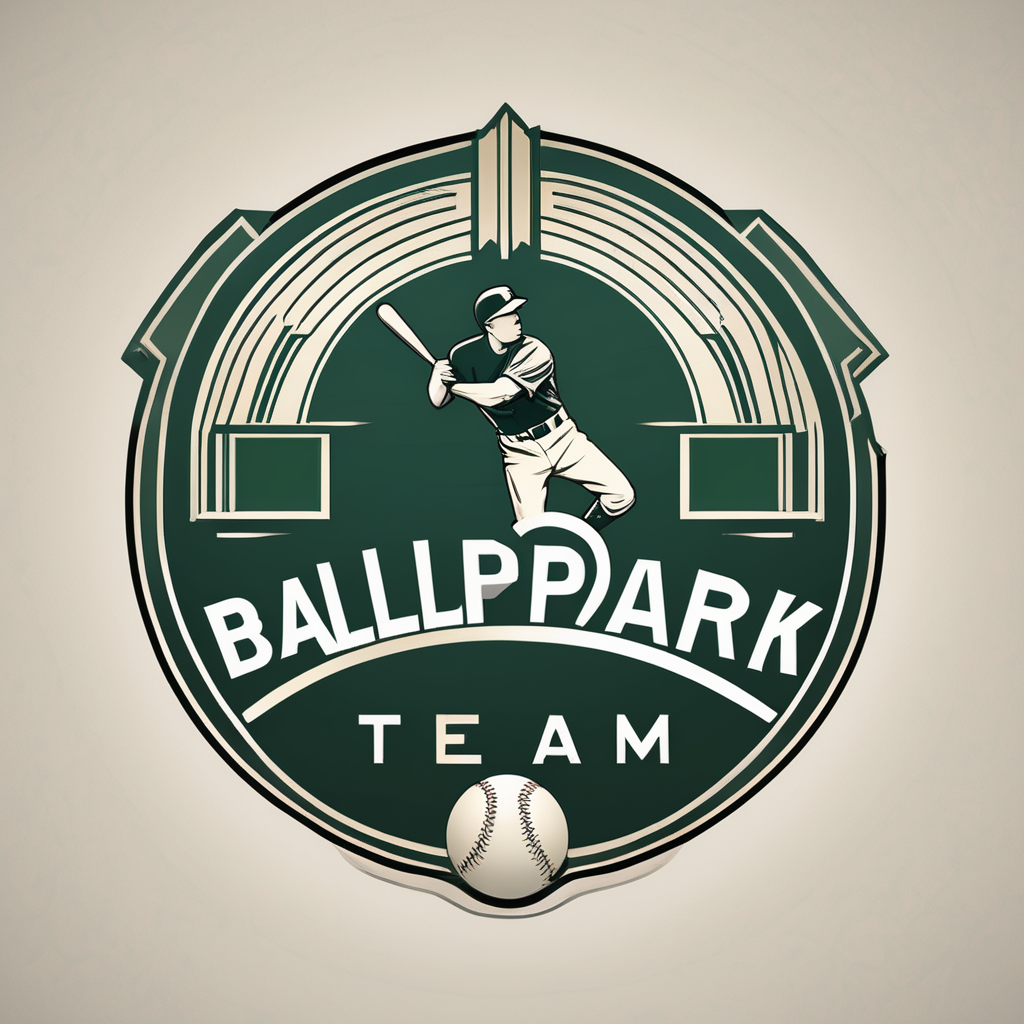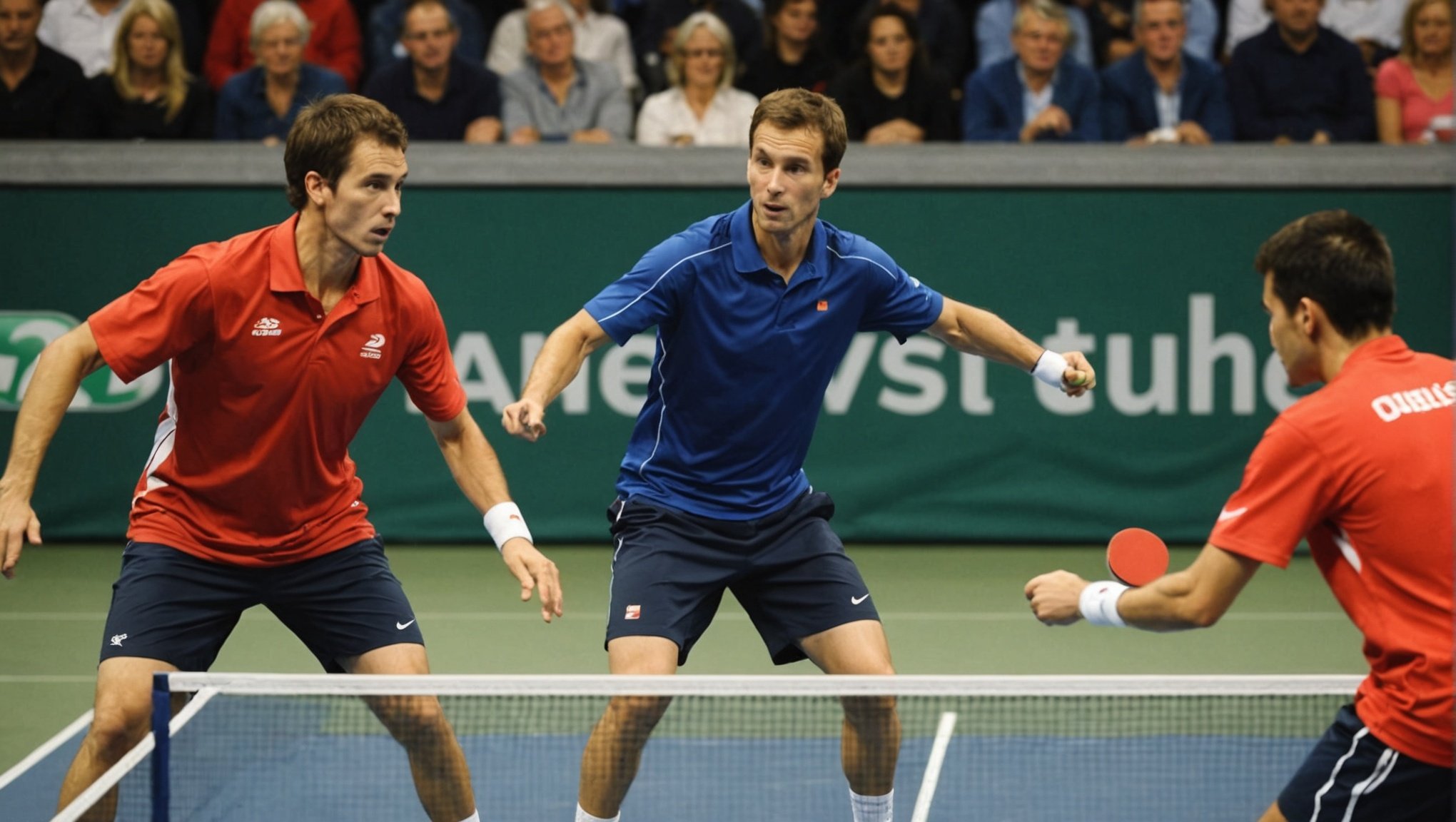For table tennis players, agility is a crucial aspect of their training. Mastering the art of quick movements on a small court requires a high level of physical fitness, strength, and precision. This agility is not something that comes naturally, and many players spend hours at the gym working on their fitness and body power. However, not all exercises are created equal when it comes to improving agility for table tennis players. In this article, we will delve into specific exercises that are proven to enhance speed, power, and agility, all of which are key components to becoming a successful table tennis player.
The Importance of Agility in Table Tennis
Before we dive into the specific exercises, let’s first understand why agility is so vital in table tennis. Agility is the ability to change body position quickly and efficiently. In table tennis, players must be able to move swiftly from one side of the table to the other, react to their opponent’s shots, and make split-second decisions.
Topic to read : Can yoga help improve concentration in shooting sports?
Table tennis is a fast-paced sport that requires players to react in a fraction of a second. The ball can travel at speeds of up to 100 miles per hour, and players often have less than a second to respond. Without agility, a player’s reaction time will be slower, and they will find it difficult to keep up with the pace of the game.
Furthermore, agility in table tennis isn’t just about speed. It’s also about the ability to control and coordinate movements. Being agile means being able to move quickly, change direction swiftly, and maintain balance while doing so.
Also to discover : How can judo practitioners enhance grip strength effectively?
Agility Ladder Drills
One of the most effective ways to improve agility in table tennis players is through agility ladder drills. The agility ladder is a simple piece of training equipment that can be used to enhance speed, quickness, and foot coordination.
Ladder drills are exercises designed to improve a player’s foot speed and coordination. They involve quick, controlled movements through a ladder laid on the ground. The aim is to complete the drill as quickly as possible without touching the rungs of the ladder.
These exercises can be modified to suit an individual’s fitness level and specific needs. For example, beginners can start with basic drills, such as the in-and-out drill, where they step in and out of each square of the ladder as quickly as possible. As they progress, they can move on to more complex drills, such as the lateral quickstep, which involves quick side-to-side movements through the ladder.
Strength Training for Power and Speed
Strength training is another crucial aspect of improving agility for table tennis players. Strength exercises help to build muscle power, which can increase a player’s speed and quickness on the court.
Strength training exercises for table tennis players should focus on the lower body and core, as these are the primary muscles used in the sport. Some effective exercises include squats, lunges, deadlifts, and planks.
For example, squats can help to build power in the legs, which is crucial for quick movements and jumps. Meanwhile, lunges can improve balance and stability, which are essential for maintaining control during rapid changes of direction.
Incorporating Sports-specific Drills
In addition to agility ladder drills and strength training, sports-specific drills can also be beneficial. These drills are designed to mimic the movements and situations that a player might encounter during a game of table tennis.
For instance, a player might practice quick side-to-side movements to mimic returning shots from different angles. They could also work on their hand-eye coordination by practicing hitting targets with the ball.
These drills are beneficial because they allow players to apply the agility and strength they’ve gained from other exercises directly to their sport. This can help to improve their performance on the court and make them more competitive players.
Consistent and Progressive Training
Regardless of the specific exercises that a player chooses to incorporate into their training regimen, consistency and progression are key. This means regularly performing these exercises and gradually increasing the intensity or complexity of the drills over time.
For example, a player might start with simple ladder drills and then gradually add more complex movements as their agility improves. Or they might begin with lighter weights for their strength training and then gradually increase the weight as their strength increases.
This progressive approach ensures that the body is constantly challenged, which can lead to continued improvements in agility and overall fitness.
Upper Body Conditioning and Ball Throws
A significant portion of a table tennis player’s agility comes from their upper body. The ability to change direction quickly, return a fast shot, or serve with precision all hinge on having a strong and agile upper body. Therefore, incorporating upper body conditioning exercises into a player’s training regimen is crucial.
One effective upper body conditioning exercise is the medicine ball throw. This exercise helps develop power in the arms, shoulders, and chest, translating to a more potent serve or return. The proper form for a medicine ball throw involves standing with feet shoulder-width apart, holding the medicine ball at chest height, and then forcefully throwing the ball against a wall. Catch it on the rebound and repeat.
Push-ups and pull-ups are two more exercises that can strengthen the upper body. Push-ups target the chest, shoulders, and triceps, while pull-ups work the back and biceps. These exercises not only build strength but also improve stability and balance, both of which are key for maintaining control during high-intensity table tennis matches.
In a typical training schedule, table tennis players can incorporate 2-3 upper body training sessions per week. Consistent training will ensure that the benefits of these exercises, such as increased power and improved agility, are realized over time.
Footwork Drills for Enhanced Movement
Footwork is a critical aspect of agility in table tennis. The ability to move quickly and change direction effortlessly depends heavily on footwork. Therefore, footwork drills should be a major focus of any agility training for table tennis players.
Footwork drills can include exercises such as side-stepping, skipping, and shuttle runs. These drills improve a player’s speed, agility, and coordination, all of which are vital for success in table tennis. Incorporating an agility ladder into these drills can also greatly enhance their effectiveness. For example, a player can perform side-steps or skips through the ladder to further improve their footwork.
Footwork drills are typically high-intensity exercises that require a lot of energy. Hence, it’s important for players to maintain proper form throughout the drills to avoid any potential injuries. Performing these drills at least three times a week can lead to notable improvements in a player’s agility and overall performance on the table tennis court.
Conclusion
In conclusion, agility is a vital component of a successful table tennis player’s skill set. It encompasses quick, precise movements, the ability to change direction swiftly, and rapid reaction time. Players can significantly improve their agility through a combination of agility ladder drills, strength training exercises, sports-specific drills, upper body conditioning, and footwork drills.
However, it’s important to remember that consistency and progression are key. Regular physical training with a gradual increase in intensity and complexity will ensure that the body is constantly challenged, leading to continued improvements in agility and overall physical fitness.
Moreover, while these exercises are designed to enhance a player’s agility, they should be performed in addition to, not in place of, regular table tennis practice. Only by combining fitness training with regular practice can a player fully hone their skills and become a top competitor in the fast-paced, high-intensity sport of table tennis.
Whether you’re a beginner or an advanced player, incorporating these exercises into your training routine can help take your performance to the next level. So, grab your racket, step up to the table, and prepare to see the difference that agility can make in your game.













